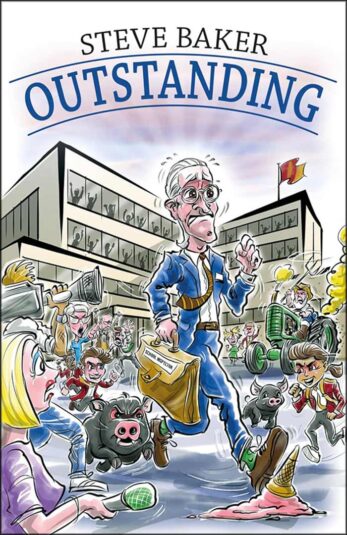Publisher
John Catt
ISBN 10
1036009122
Published
13 Dec 2024
Best known for her books on retrieval practice, Kate Jones has taken a risk with her latest outing by tackling one of the trickiest aspects of teaching. That risk has paid off, and Feedback might even be her best work yet.
After a foreword by Michael Chiles and an introduction that lays out the book’s purpose and structure, Jones divides what follows into five meaty chapters: written feedback, verbal feedback, whole-class feedback, self-assessment and peer assessment. These are followed by her final thoughts, neatly tying everything together.
Each chapter is rich with practical advice, reflective questions and case studies, making the book not only a great read but also a valuable resource to return to repeatedly.
Feedback seems deceptively simple, but as every good teacher knows, it’s actually nuanced and complex. It’s about balancing clarity, purpose and efficiency with meaningful impact. Jones tackles this head-on, providing research-based strategies to make feedback manageable and effective without overwhelming teachers or sacrificing their wellbeing.
The chapter on written feedback particularly stood out to me. This has become a hotly contested topic, with many schools implementing extensive policies that create mammoth workload.
While some are moving towards more manageable approaches, others remain stuck in a cycle that does little for pupil progress while significantly contributing to teacher burnout. Jones addresses this tension with her usual thoughtful style, starting from first principles (purpose) and delving into the research.
Her conclusion is both simple and profound: it’s about ‘feedback, not marking’. This distinction is often blurred, leading to policies that prioritise appearance over impact. Jones provides strategies to streamline written feedback, offering time-efficient methods that maintain meaningful learning outcomes.
As always, she includes tangible examples and case studies to show how these strategies work in practice, making her advice easy to implement.
What makes Jones such a compelling author is her ability to break down complex ideas into accessible, teacher-friendly prose. This skill is evident throughout this book, as is her commitment to inclusivity. Feedback is explored in various contexts, from early years to secondary education and SEND.
I particularly appreciated the inclusion of dedicated case studies for early years – a phase often overlooked in general pedagogical literature. This isn’t just helpful for EY teachers but also for others, providing insight into where children begin their learning journey.
Similarly, Jones manages to bridge the gap between primary and secondary, offering examples that help teachers understand each other’s contexts. She also brings in diverse specialist voices, ensuring her strategies resonate across different subjects, key stages and pupil needs.
Each chapter ends with a summary of key takeaways, making the book even more practical for busy teachers. These summaries are concise yet comprehensive, allowing readers to absorb the main points quickly or revisit them as needed.
As a self-professed tech enthusiast, I enjoyed Jones’s thoughtful nod to how technology (including AI) can, for example, automate grading tasks and free up teachers’ time for more meaningful feedback and planning.
All in all, Feedback: Strategies to support teacher workload and improve pupil progress is everything I hoped it would be and more. It’s a heftier book than most modern education titles, making it excellent value for money.
The depth of research, the practical strategies and the inclusion of diverse voices make it a must-have for any teacher’s bookshelf. Whether you’re new and looking to refine your practice or a seasoned educator seeking fresh ideas, this book has something to offer.
Likewise, this book is suitable and relevant across phases and subjects, and will resonate in a variety of contexts.
Most importantly perhaps, any leader who is serious about cutting workload should engage with its content.
For me, the standout quality of Jones’s writing is her balance of rigour and relatability. She doesn’t shy away from the complexities of teaching but presents them in a manageable and encouraging way. The chapter on written feedback alone is worth the read, but the entire book is a treasure trove of insights and strategies.
Practical, inclusive, and deeply thoughtful, this is a book I’ll recommend to colleagues and revisit myself. Leaders, let’s get this right!













Your thoughts